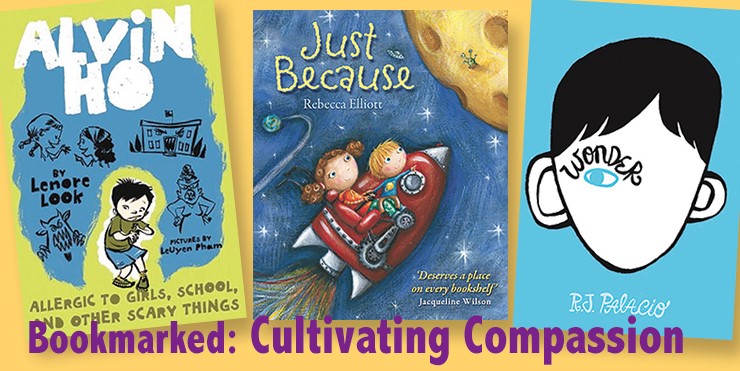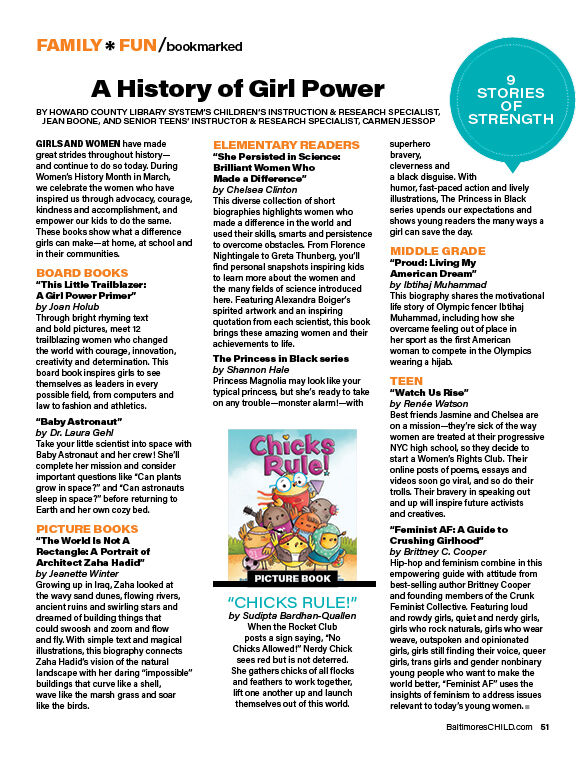
For parents of children with disabilities, it can be difficult to explain to their child exactly why he or she experiences the world differently—and, similarly, parents of enabled children may struggle to clarify why their child’s classmate or friend has characteristics that are unfamiliar to them. Fortunately, the accurate representation of disabilities in books can do wonders for both! Check out our top picks, featuring a range of different topics for kids of all ages.
Picture Books (ages 2-6)
“Susan Laughs” by Jeanne Willis
This celebrated rhyming book is perfect for toddlers who are just beginning to explore their worlds. With adorable colored-pencil illustrations, we’re introduced to Susan and all that she can do: laugh, sing, get angry—instead of focusing on what she, as a wheelchair-bound child, cannot (Henry Holt and Co.).
“Big Brother Dustin” by Alden R. Carter
Dustin, a boy with Down Syndrome, is very excited for his baby sister to be born—and to be “Big Brother Dustin” (Albert Whitman & Company). In this sweet story, Dustin learns about all the ways he can help take care of the new baby, especially by finding the perfect name.
“Just Because” by Rebecca Elliott
When Toby is asked why he loves his sister Clemmie, he answers “Just Because” (Lion Hudson). The fact that Clemmie can’t walk or talk doesn’t stop Toby from including her in all of his adventures, like rocketing to the moon or drawing dragonflies.
Early Readers (ages 6-8)
“Andy and His Yellow Frisbee” by Mary Thompson
When Sarah sees a boy named Andy playing with a frisbee at recess, she excitedly asks to join him…but he doesn’t want to play with her. Andy’s sister, Rosie, tells Sarah that this is because Andy has autism, and that being his friend means understanding that he does things differently (Woodbine House).
“Alvin Ho: Allergic to Girls, School and Other Scary Things” by Lenore Look
Second-grader Alvin Ho (Yearling) is scared of everything, especially school. He’s so scared, in fact, that he can’t even talk when he’s there, even though he has no trouble when he’s at home. But everything changes when he meets a new friend named Flea. This smart, funny chapter book is perfect for children that struggle with anxiety.
Middle Readers (ages 8-12)
“Featherless/Desplumado” by Juan Felipe Herrera
This poetic, bilingual book tells the story of Tomasito, a boy with spina bifida who longs to play soccer with his classmates. When his father brings him a little bird to keep him company, Tomasito learns that being flightless—or even “Featherless” (Children’s Book Press)—doesn’t mean you can’t be perfectly happy.
“Sparky’s Excellent Misadventures” by Phyllis Carpenter
This whimsical story takes the form of a journal, kept by a boy with ADD named Sparky. Through his doodles and notes, Sparky reveals not only his “Excellent Misadventures” (Magination Press), but his struggles with the disorder and how he has learned to overcome them.
Young Adults (ages 13-18)
“Peter Nimble and His Fantastic Eyes” by Jonathan Auxier
Blind orphan Peter Nimble is an exceptionally good thief, so it’s unsurprising that he’s able to steal a box from a mysterious man he meets. What is surprising, though, are the box’s contents—three pairs of magical eyes that transport Peter into distant realms (Amulet Paperbacks).
“Wonder” by R.J. Palacio
Auggie Pullman’s severe facial deformity has prevented him from attending school for the first 10 years of his life. When he enters the 5th grade as the new kid, he expects the bullying that befalls him, but not the profound effect his presence will have on his classmates’ lives (Knopf).









